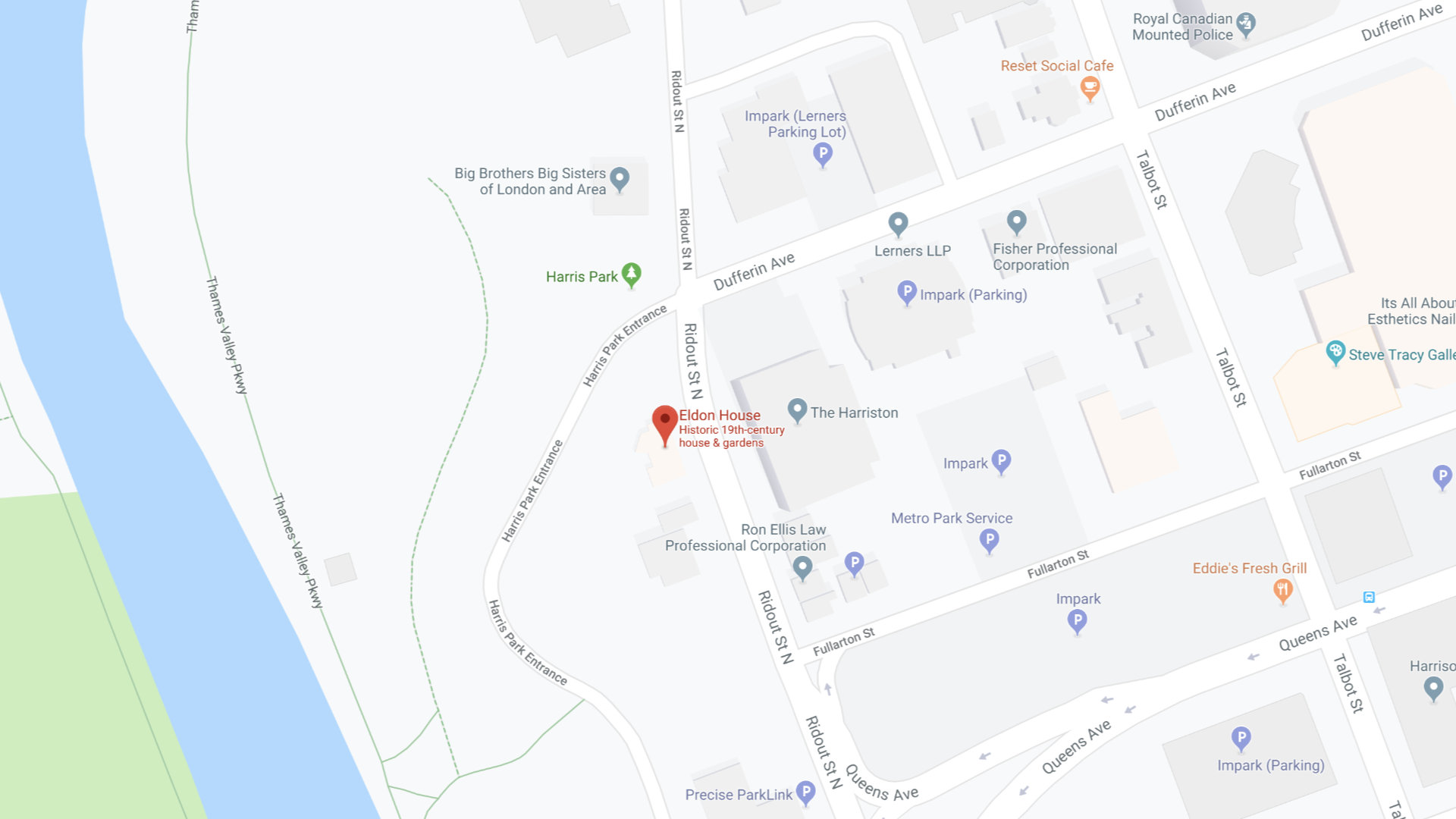A Visual History of Eldon House
The Gardens
The Grounds of Eldon House
The Harris property originally consisted of 13 acres and a terraced walk spanned the two elevations of the site, from the house down to the flood plain. The property initially extended along the Thames River from Fullarton Street north towards Central Avenue (then known as Great Market Street).
About the property
The property surrounding Eldon House on top of the hill now overlooking Harris Park, has had garden beds since the 1840s. On the “flats” by the river, large vegetable gardens were planted; at their height, they covered more than six acres of land and needed five full time gardeners to tend them. The historic garden urns and benches you will find on the grounds have been onsite since the 1890s, after an inheritance came to Lucy Ronalds Harris from her English relations. At that time, the family finances improved, allowing for more elaborate gardens. The family also added a conservatory to the drawing room in the late nineteenth century as well as built the greenhouse that can still be seen today. A decision was made in the early 1980s to restore the gardens to a similar state to when the Harris family was in tenure. The focus became the gardens of the 1890s and 1920s. Experts from the University of Western Ontario and the University of Guelph helped to authentically re-create the gardens, using family photos, historical seed catalogues, magazines and articles.(click the labeled areas of the map for more information)
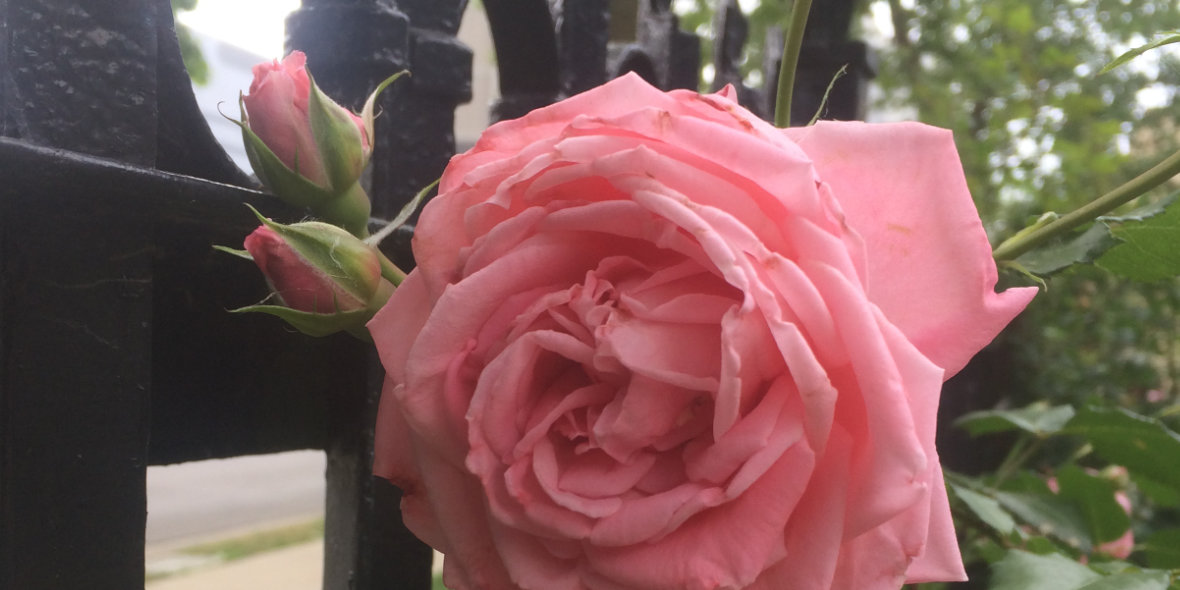
Fence Garden
There once existed a kitchen garden on the east side of the house planted with the requisite mint, chives, sage, thyme basil, parsley and dill. Medicinal plants were also planted here, including southernwood, lavender and feverfew. Today, you will find hosta, peony, holly and lovage. Past the green picket fence to the magnolia tree is a border of lilac bushes, bergenia, tree peonies, hydrangea, bleeding hearts, phlox, iris, lily of the valley and chrysanthemum. The trees along Ridout Street from the courtyard to the entrance gate are London plane, hackberry and sycamore.
West Lawn
Once known as the croquet lawn, this sheltered area of the grounds was the site for many garden parties. Today it features a central magnolia tree. At the northwest corner of the lawn sits a vine-clad structure in the foot print of a summer house which had historically overlooked the flats.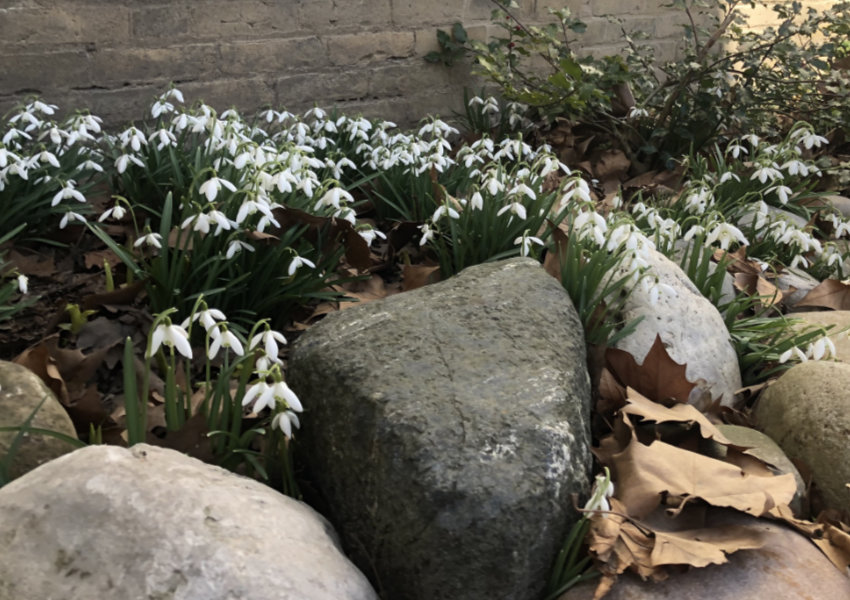
Courtyard
The grey wooden fence along this section of the property is reminiscent of the streetscape when the Harris family was in residence. This area was bustling with activity, a set of dog kennels, a carriage house, greenhouse and garden storage as well as tradesman deliveries all centred on the courtyard.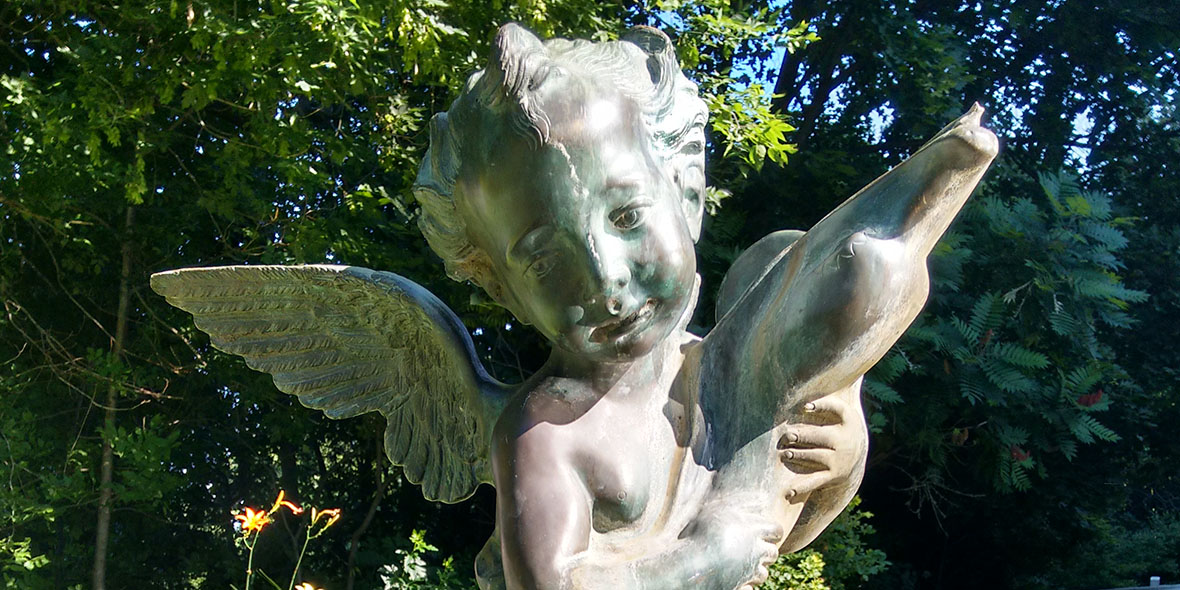
Rock Garden
To the west of the greenhouse is the rock garden originally constructed in the 1920s. Central to this garden is a lily pond with goldfish and an antique fountain. The fountain is based on an Italian Renaissance sculpture by Verrocchio called Boy and a Dolphin. Included in the garden: asiatic lilies, candytuft, catmint, choral bells, day lilies, dianthus, Loyalist rosebush, phlox and sage. To the north of the rock garden is an historical rose arbour, once leading to a rose garden. This garden no longer exists, as it was dismantled before building the Interpretive Centre.
Herbaceous Border
This location was historically where the cutting garden was located. It spanned from the edge of the gravel walk to the south fence. Today, you’ll find bleeding heart, day-lily, hellebore, pink chrysanthemum, poppy and sweet pea. The iris that is planted there was given to the house’s last owner Lucy Little from Beryl Ivey, a noted London philanthropist.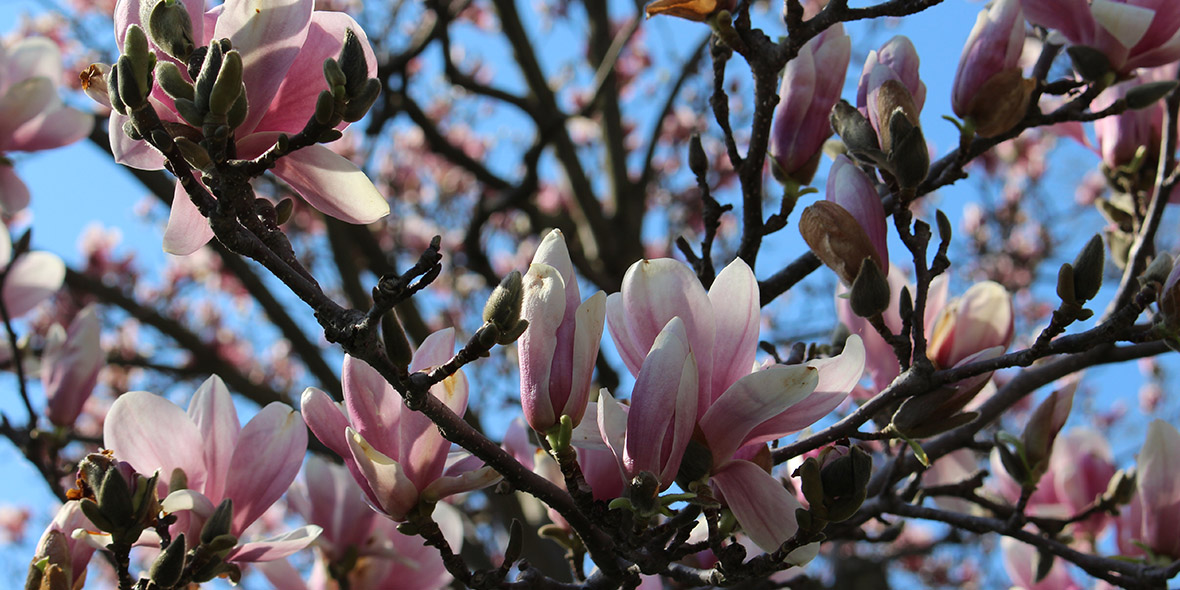
Front Lawn
To the south of the house, a long herbaceous border is flanked by climbing rose vines and peony bushes representing the late 1800s period. In the herbaceous border you can find: alyssum, baby’s breath, begonias, bleeding heart, columbine, chrysanthe- mum, daffodil, dahlia, fern (ostrich), feverfew, foxglove, heliotrope, hollyhocks, hosta, hyacinth, iris, Johnny-jump, uplily (plan- tain), peony, petunia, phlox, poppy, rudbeckia, salvia, star flower, sweet William, thyme, tulips and yarrow. On the east fence adjacent to the herbaceous border are climbing roses that were planted in 2002, grape hyacinth, lavender, sweet pea, and peony which was moved from the north rose garden when the Eldon House Interpretive Centre was built in 2000.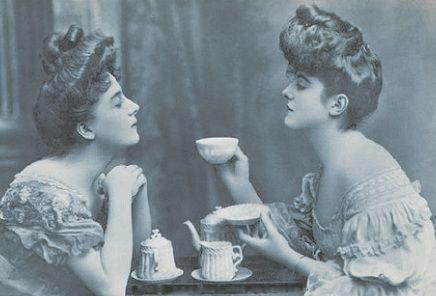
Taking Tea
The Harris Family of Eldon House frequently refer to “taking tea” in their letters and diaries as it was an important staple for their diets and social lives. Three generations of Harris women refer not only to tea, but also the interesting discussions and practices that resulted from the occasions. This exhibition explores the tea practice of a variety of cultures and how the inhabitants of London Ontario integrated the customs practices in Britain into their own lives. Artifacts from the Eldon House Collection will illustrate the vast paraphernalia used in enacting elaborate teas and will be accompanied by first person accounts of Londoners during the Victorian period.Julia Hunter Fund Partnership
Eldon House was contacted by M. Hunter on behalf of the Julia Hunter Memorial Fund in March 2018 to discuss a possible partnership between our two organizations. The Julia Hunter Fund is an organization that supports public gardens in London and Southwestern Ontario. It was created to honour the legacy of the late Julia Hunter. We were delighted at the opportunity to work with the fund to enhance our heritage gardens as well as engage with the community in a fresh way. The partnership was approved by our Board and we began with a series of meetings that resulted in a plan for our south lawn garden. The goal of Eldon House’s partnership with the Julia Hunter Memorial Fund was to work together to transform the south lawn garden by adding historically accurate plants and panels. By adding text it would serve to connect the museum to the exterior and engage visitors and hopefully increase the aesthetic and pollination of the garden.
As part of the project plan the Julia Hunter Fund provided funding to introduce ten historic varieties of plants for the southern 1880s style garden bed.
These plants are:
Gypsophilia paniculata
Acanthus spinosa
Lilium lancifolium
Hemerocallis
Angelica gigas
Schizachyrium scoparium
Asclepias tuberosa
Anemone ‘Honorine Jobert’
Iris pallida ‘Variegata’
Platycodon grandiflorus
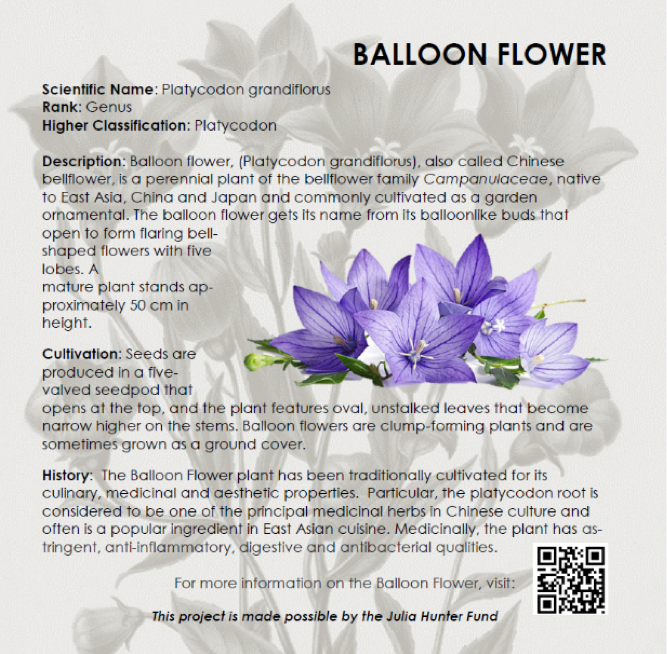
Book A Guided Tour Today
Education programs and tours are offered all year round for students and groups of all ages. Click below to find out more!
